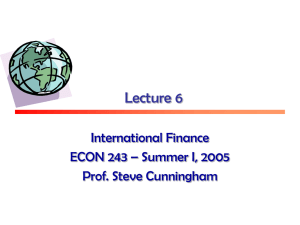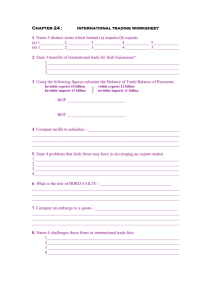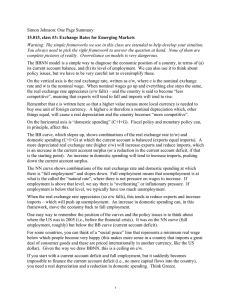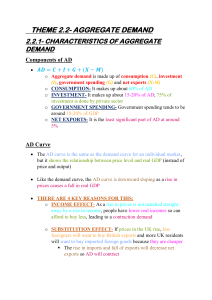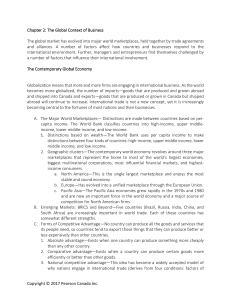China - toppinggeography
advertisement
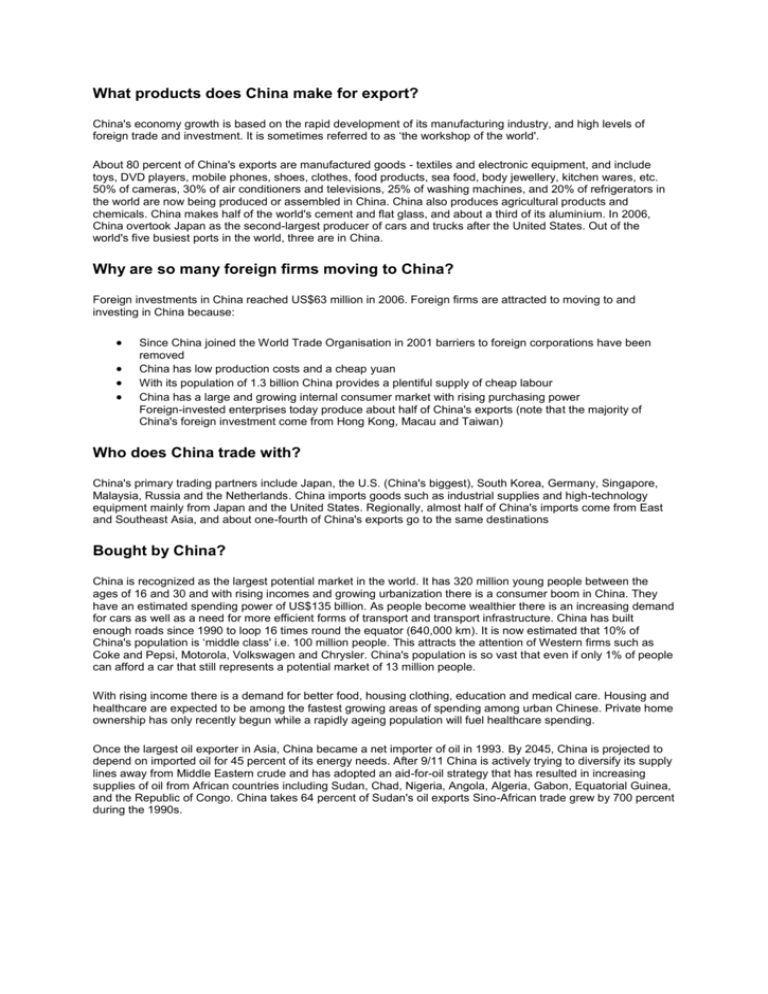
What products does China make for export? China's economy growth is based on the rapid development of its manufacturing industry, and high levels of foreign trade and investment. It is sometimes referred to as ‘the workshop of the world'. About 80 percent of China's exports are manufactured goods - textiles and electronic equipment, and include toys, DVD players, mobile phones, shoes, clothes, food products, sea food, body jewellery, kitchen wares, etc. 50% of cameras, 30% of air conditioners and televisions, 25% of washing machines, and 20% of refrigerators in the world are now being produced or assembled in China. China also produces agricultural products and chemicals. China makes half of the world's cement and flat glass, and about a third of its aluminium. In 2006, China overtook Japan as the second-largest producer of cars and trucks after the United States. Out of the world's five busiest ports in the world, three are in China. Why are so many foreign firms moving to China? Foreign investments in China reached US$63 million in 2006. Foreign firms are attracted to moving to and investing in China because: Since China joined the World Trade Organisation in 2001 barriers to foreign corporations have been removed China has low production costs and a cheap yuan With its population of 1.3 billion China provides a plentiful supply of cheap labour China has a large and growing internal consumer market with rising purchasing power Foreign-invested enterprises today produce about half of China's exports (note that the majority of China's foreign investment come from Hong Kong, Macau and Taiwan) Who does China trade with? China's primary trading partners include Japan, the U.S. (China's biggest), South Korea, Germany, Singapore, Malaysia, Russia and the Netherlands. China imports goods such as industrial supplies and high-technology equipment mainly from Japan and the United States. Regionally, almost half of China's imports come from East and Southeast Asia, and about one-fourth of China's exports go to the same destinations Bought by China? China is recognized as the largest potential market in the world. It has 320 million young people between the ages of 16 and 30 and with rising incomes and growing urbanization there is a consumer boom in China. They have an estimated spending power of US$135 billion. As people become wealthier there is an increasing demand for cars as well as a need for more efficient forms of transport and transport infrastructure. China has built enough roads since 1990 to loop 16 times round the equator (640,000 km). It is now estimated that 10% of China's population is ‘middle class' i.e. 100 million people. This attracts the attention of Western firms such as Coke and Pepsi, Motorola, Volkswagen and Chrysler. China's population is so vast that even if only 1% of people can afford a car that still represents a potential market of 13 million people. With rising income there is a demand for better food, housing clothing, education and medical care. Housing and healthcare are expected to be among the fastest growing areas of spending among urban Chinese. Private home ownership has only recently begun while a rapidly ageing population will fuel healthcare spending. Once the largest oil exporter in Asia, China became a net importer of oil in 1993. By 2045, China is projected to depend on imported oil for 45 percent of its energy needs. After 9/11 China is actively trying to diversify its supply lines away from Middle Eastern crude and has adopted an aid-for-oil strategy that has resulted in increasing supplies of oil from African countries including Sudan, Chad, Nigeria, Angola, Algeria, Gabon, Equatorial Guinea, and the Republic of Congo. China takes 64 percent of Sudan's oil exports Sino-African trade grew by 700 percent during the 1990s.


